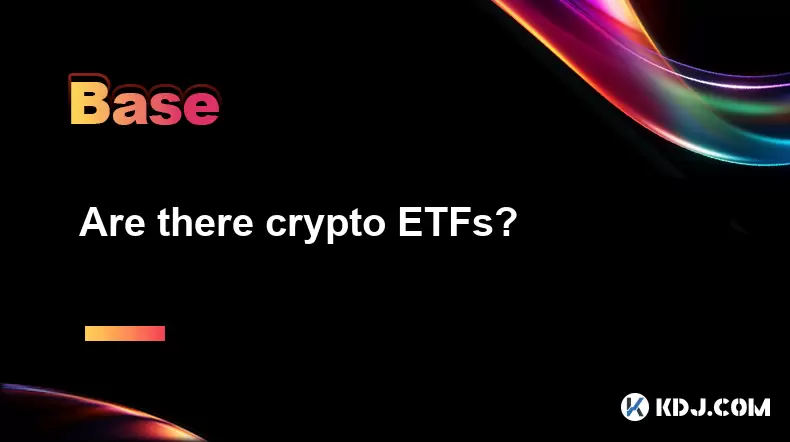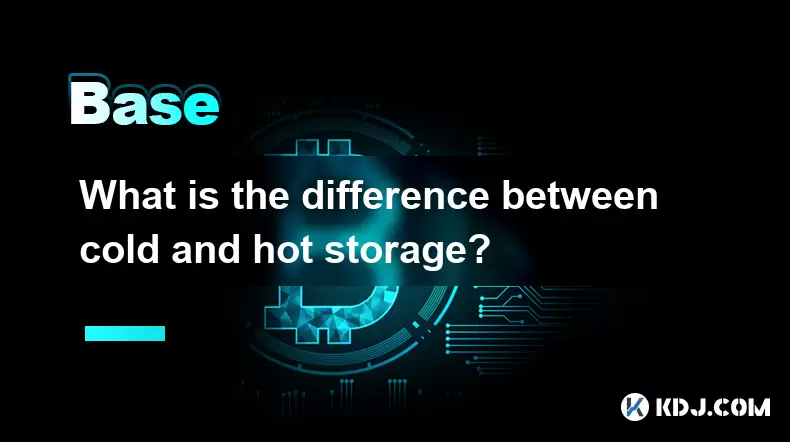-
 Bitcoin
Bitcoin $117900
-2.85% -
 Ethereum
Ethereum $4559
-2.84% -
 XRP
XRP $3.068
-5.67% -
 Tether USDt
Tether USDt $1.000
0.02% -
 BNB
BNB $836.7
-0.81% -
 Solana
Solana $193.2
-2.38% -
 USDC
USDC $0.9998
0.00% -
 TRON
TRON $0.3591
-0.32% -
 Dogecoin
Dogecoin $0.2238
-7.20% -
 Cardano
Cardano $0.9090
4.71% -
 Chainlink
Chainlink $22.55
-4.36% -
 Hyperliquid
Hyperliquid $44.78
-2.41% -
 Sui
Sui $3.771
-4.47% -
 Stellar
Stellar $0.4199
-6.18% -
 Bitcoin Cash
Bitcoin Cash $587.8
-5.02% -
 Ethena USDe
Ethena USDe $1.001
-0.01% -
 Hedera
Hedera $0.2493
-5.06% -
 Avalanche
Avalanche $23.66
-5.54% -
 Litecoin
Litecoin $121.0
-6.80% -
 Toncoin
Toncoin $3.383
-2.39% -
 UNUS SED LEO
UNUS SED LEO $9.287
0.47% -
 Shiba Inu
Shiba Inu $0.00001286
-6.48% -
 Uniswap
Uniswap $10.94
-9.06% -
 Polkadot
Polkadot $3.979
-5.53% -
 OKB
OKB $96.24
-3.88% -
 Dai
Dai $0.9997
0.00% -
 Bitget Token
Bitget Token $4.570
-4.16% -
 Cronos
Cronos $0.1510
-8.87% -
 Ethena
Ethena $0.7251
-6.96% -
 Aave
Aave $310.8
-4.73%
Are there crypto ETFs?
Crypto ETFs offer regulated exposure to digital assets like Bitcoin through traditional stock exchanges, with spot ETFs holding actual crypto and futures-based ETFs using derivatives, each carrying distinct risks and benefits.
Aug 13, 2025 at 11:35 am

What Are Crypto ETFs?
Crypto ETFs, or cryptocurrency exchange-traded funds, are investment vehicles that track the price of one or more digital assets and trade on traditional stock exchanges. Unlike buying actual cryptocurrencies through exchanges like Coinbase or Binance, investors can gain exposure to crypto markets by purchasing shares in these ETFs through standard brokerage accounts. The key appeal lies in accessibility and regulatory oversight. These funds are typically backed by actual crypto holdings or futures contracts, offering a bridge between conventional finance and the decentralized world of blockchain. The Securities and Exchange Commission (SEC) plays a pivotal role in approving such products in the United States, ensuring investor protection and market integrity.
Differences Between Spot and Futures-Based Crypto ETFs
Not all crypto ETFs function the same way. The primary distinction lies in whether they are spot ETFs or futures-based ETFs. A spot ETF holds the actual cryptocurrency it tracks—such as Bitcoin (BTC) or Ethereum (ETH)—in secure custody. This direct ownership model closely mirrors the asset’s real-time price. In contrast, futures-based ETFs do not hold the underlying crypto. Instead, they invest in futures contracts—agreements to buy or sell crypto at a predetermined price on a future date. While futures ETFs provide exposure, they may deviate from spot prices due to factors like contango or backwardation in the futures market. The first Bitcoin futures ETF, ProShares’ BITO, launched in October 2021, marking a significant milestone in mainstream crypto adoption.
How to Invest in Crypto ETFs
Investing in a crypto ETF follows the same process as buying any other ETF on a stock exchange. The steps are straightforward and accessible to most retail investors:
- Open a brokerage account with a platform that supports ETF trading, such as Fidelity, Charles Schwab, or Robinhood.
- Search for the ticker symbol of the desired crypto ETF—for example, BITO for Bitcoin futures or IBIT for a spot Bitcoin ETF.
- Review the fund’s expense ratio, holdings, and performance history before placing an order.
- Execute a buy order using market, limit, or stop-limit options, just as with traditional equities.
- Monitor the position through the brokerage dashboard, where price movements and dividends (if any) are tracked.
It’s essential to confirm whether the ETF is SEC-approved and whether it tracks spot prices or futures, as this affects risk and return profiles.Available Crypto ETFs in the U.S. Market
As of recent approvals, several crypto ETFs have gained traction in the United States. The most notable is the Bitcoin spot ETF, which received SEC approval in January 2024 after years of scrutiny. Major financial institutions now offer these products: - iShares Bitcoin ETF (IBIT) by BlackRock
- Fidelity Wise Origin Bitcoin Fund (FBTC)
- ARK 21Shares Bitcoin ETF (ARKB)
- Grayscale Bitcoin Trust (GBTC), which transitioned from a private trust to a publicly traded ETF
These funds differ in management fees, custody solutions, and liquidity. For instance, IBIT boasts a low expense ratio of 0.12%, making it competitive among peers. Each fund must disclose its custodian—such as Coinbase Custody or Bakkt—to ensure transparency in asset storage.Global Availability of Crypto ETFs
While the U.S. has been cautious, other countries have embraced crypto ETFs earlier. Canada launched the world’s first Bitcoin ETF, Purpose Bitcoin ETF (BTCC), in February 2021. It trades on the Toronto Stock Exchange and is denominated in Canadian dollars. Europe has also seen growth, with several crypto ETPs (exchange-traded products) available on exchanges like Deutsche Börse. These are often structured as debt instruments rather than traditional ETFs but function similarly. In Australia and parts of Asia, investors can access crypto-linked ETFs through local brokers, though regulatory frameworks vary significantly. The global diversity in crypto ETF offerings reflects differing attitudes toward digital asset regulation and investor demand.Risks and Considerations for Investors
Despite their convenience, crypto ETFs carry inherent risks. Volatility in the underlying cryptocurrency markets can lead to sharp price swings in the ETF. Even though ETFs are regulated, the crypto market itself remains largely unregulated, exposing investors to manipulation and liquidity risks. Additionally, futures-based ETFs may suffer from roll yield losses when rolling contracts forward in a contango market. Tax treatment also varies—gains from crypto ETFs may be classified as collectibles or commodities, leading to higher tax rates than traditional equities. Investors must evaluate the fund’s structure, custodial security, and tracking accuracy before committing capital.Frequently Asked Questions
Can I hold crypto ETFs in a retirement account?
Yes, most crypto ETFs can be held in IRAs or 401(k) plans if the custodian allows ETF investments. However, not all retirement platforms support these products, so verification with the provider is necessary.Do crypto ETFs pay dividends?
No, crypto ETFs do not pay dividends because cryptocurrencies themselves do not generate income. Any returns come solely from price appreciation of the underlying asset.Are all crypto ETFs backed by real Bitcoin?
No. Only spot Bitcoin ETFs hold actual Bitcoin. Futures-based ETFs hold derivatives, and some thematic ETFs may invest in blockchain companies rather than crypto directly.How do I verify the legitimacy of a crypto ETF?
Check the SEC’s EDGAR database for official filings, confirm the fund’s ticker symbol, and review the prospectus for details on holdings, fees, and custodians. Trusted brokerage platforms only list approved ETFs, reducing the risk of fraud.
Disclaimer:info@kdj.com
The information provided is not trading advice. kdj.com does not assume any responsibility for any investments made based on the information provided in this article. Cryptocurrencies are highly volatile and it is highly recommended that you invest with caution after thorough research!
If you believe that the content used on this website infringes your copyright, please contact us immediately (info@kdj.com) and we will delete it promptly.
- Kazakhstan's Crypto Leap: Bitcoin ETF and Central Asia's Digital Finance Future
- 2025-08-13 12:45:19
- BlockDAG Presale Blazes Past $371M: Fundraising Frenzy Fuels Crypto Sensation
- 2025-08-13 13:05:21
- Meme Coins: Chasing the 2025 Surge – Which Will Moonshot?
- 2025-08-13 10:25:23
- Bitcoin's Wild Ride: Rally, Pullback, and What's Next
- 2025-08-13 10:25:23
- Bitcoin, Bitmax, and Institutional Demand: A New Era of Crypto Investment
- 2025-08-13 10:45:12
- Solana, ROAM, and Airdrops: What's the Buzz in 2025?
- 2025-08-13 11:35:13
Related knowledge

Can crypto transactions be reversed?
Aug 10,2025 at 01:35am
Understanding the Immutability of Blockchain TransactionsCryptocurrency transactions are built on blockchain technology, which is designed to be immut...

What happens if I forget my crypto wallet password?
Aug 09,2025 at 08:50am
Understanding the Role of a Crypto Wallet PasswordA crypto wallet password serves as a critical security layer that protects access to your digital as...

What is the difference between cold and hot storage?
Aug 12,2025 at 01:01am
Understanding Cold Storage in CryptocurrencyCold storage refers to offline methods of storing cryptocurrency private keys, ensuring they are not expos...

What is hot storage in crypto?
Aug 11,2025 at 07:08am
Understanding Hot Storage in CryptocurrencyHot storage refers to cryptocurrency wallets that are connected to the internet. Unlike cold storage soluti...

What is cold storage in crypto?
Aug 13,2025 at 11:35am
Understanding Cold Storage in CryptocurrencyCold storage in cryptocurrency refers to a method of storing digital assets offline, away from internet-co...

What is the best crypto portfolio tracker?
Aug 10,2025 at 05:08am
Understanding the Role of a Crypto Portfolio TrackerA crypto portfolio tracker is a digital tool designed to help investors monitor the performance of...

Can crypto transactions be reversed?
Aug 10,2025 at 01:35am
Understanding the Immutability of Blockchain TransactionsCryptocurrency transactions are built on blockchain technology, which is designed to be immut...

What happens if I forget my crypto wallet password?
Aug 09,2025 at 08:50am
Understanding the Role of a Crypto Wallet PasswordA crypto wallet password serves as a critical security layer that protects access to your digital as...

What is the difference between cold and hot storage?
Aug 12,2025 at 01:01am
Understanding Cold Storage in CryptocurrencyCold storage refers to offline methods of storing cryptocurrency private keys, ensuring they are not expos...

What is hot storage in crypto?
Aug 11,2025 at 07:08am
Understanding Hot Storage in CryptocurrencyHot storage refers to cryptocurrency wallets that are connected to the internet. Unlike cold storage soluti...

What is cold storage in crypto?
Aug 13,2025 at 11:35am
Understanding Cold Storage in CryptocurrencyCold storage in cryptocurrency refers to a method of storing digital assets offline, away from internet-co...

What is the best crypto portfolio tracker?
Aug 10,2025 at 05:08am
Understanding the Role of a Crypto Portfolio TrackerA crypto portfolio tracker is a digital tool designed to help investors monitor the performance of...
See all articles

























































































